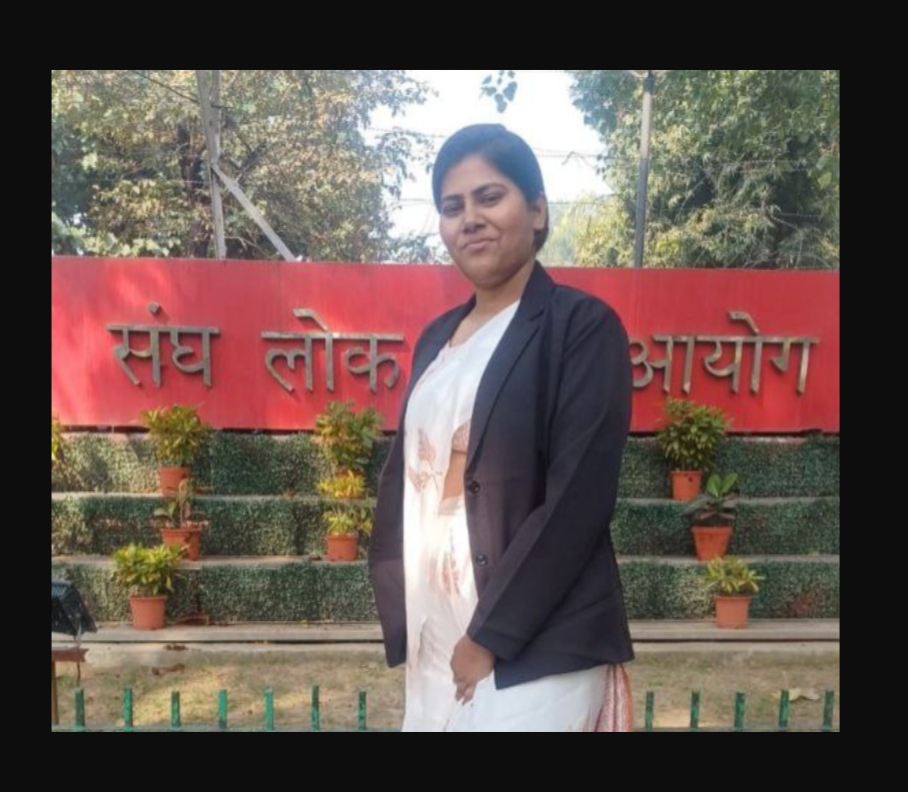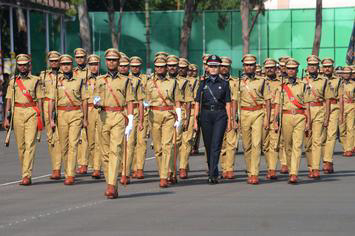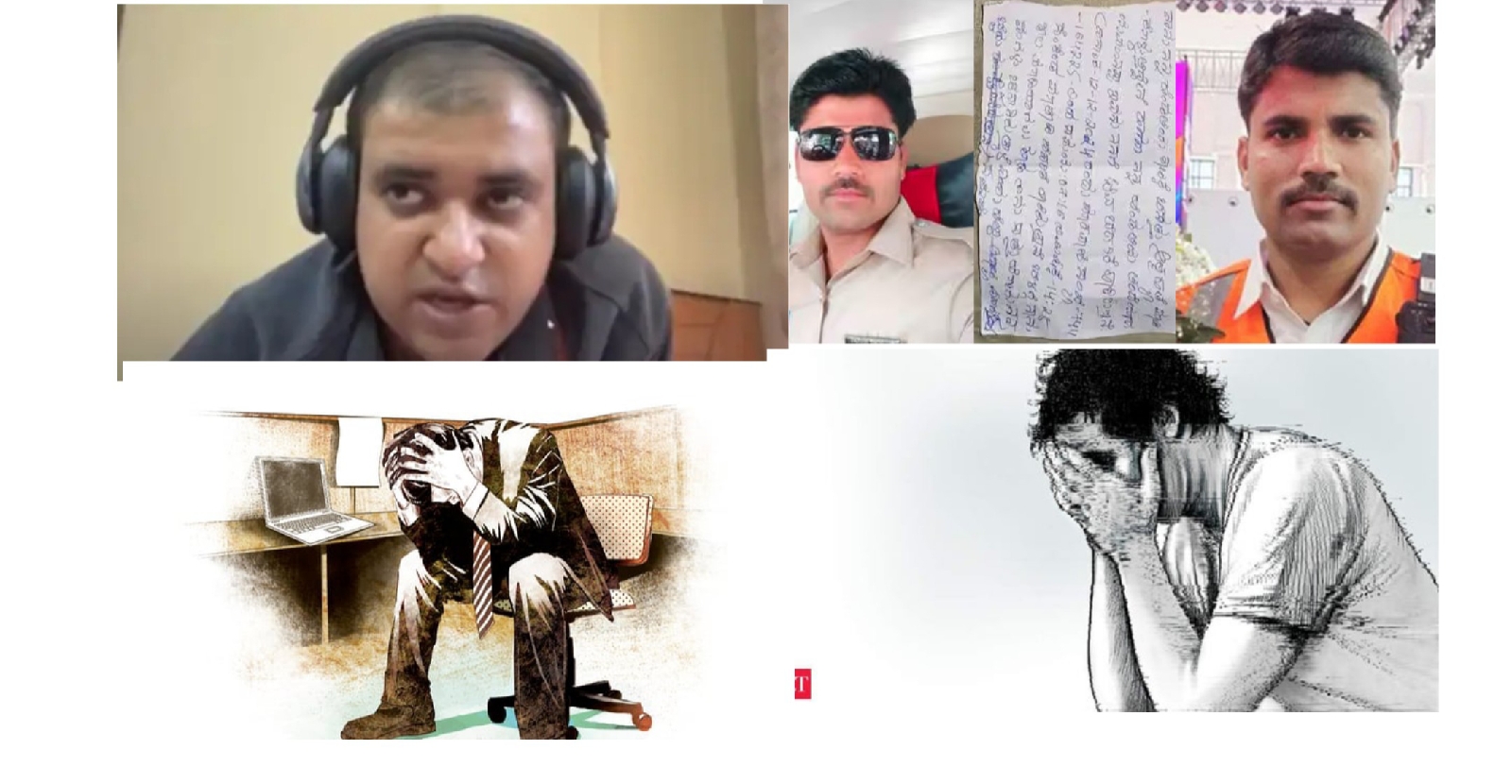• Views the age of consent as a mechanism to regulate sexual behavior within society.
• Emphasizes social norms and values that dictate appropriate ages for sexual activity.
• Sees the age of consent laws as promoting social order and protecting minors from exploitation.
Conflict Perspective:
• Critiques the age of consent as a social construct that reflects power dynamics and inequalities.
• Highlights how age of consent laws may be influenced by political agendas, cultural norms, and economic interests rather than solely for protection.
• Examines how these laws may disproportionately affect marginalized groups or perpetuate social hierarchies.
Feminist Perspective:
• Considers the age of consent within the context of gender roles and power relations.
• Criticizes laws that may not adequately protect minors from sexual exploitation or address issues of consent in cases of coercion or abuse.
• Advocates for laws that are informed by an understanding of gender dynamics and prioritize the autonomy and safety of individuals, particularly minors.
Social implications of reducing the age of consent
1.changes in social dynamics - relationship between older and younger individuals become more common.
2.impact on family structure - when younger family members engaging in sexual relationship this can lead to families conflict and shifts in family dynamics, it reflecting modern family structure.
3.Effects on Gender dynamics - society have already significant power imbalance, particularly young girls might be more vulnerable to exploitation and abuse.
4.Cultural and religious conflicts- different culture and communities have varying beliefs about appropriate ages of sexual activity.
5.Social stigma and discrimination - youths engaging in sexual relationship might face social stigma it impact on mental health and social interactions.
6.Normalization of early sexual activity - it may normalise sexual activity among younger individuals.
7.Impact on Long term relationship - early sexual activity might affect the development of healthy long term relationship, it ended with divorce.
8.Rise of risk society - it impact on crime rates, cross border issues
Arguments in favour of reducing the age of consent
1.Recoignition of adolescent autonomy - today adolescent more informed and aware of their rights and bodies, reducing the consent age acknowledge their capacity to make informed decisions about their sexual lives.
2.Reduction of social stigmatization - it reduced the stigma and secrecy surrounding teenage sexual activity.
3.support for LGBTQ+Youth - it can provide better protection and recognition for LGBTQ+ youth, who might otherwise face additional legal challenges and social stigmas .
4.Social cost - by reducing the criminalization of teenage consensual sexual activities, society can avoid the socially cost associated with legal and rehabilitation programs.
5.Globalization and cultural exchange - reducing the age of consent can reflect a more globally informed perspective that respect diverse Cultural contexts.
6.Promotion of gender equality - legal recognition of younger individuals sexual autonomy can help address gender imbalance.









